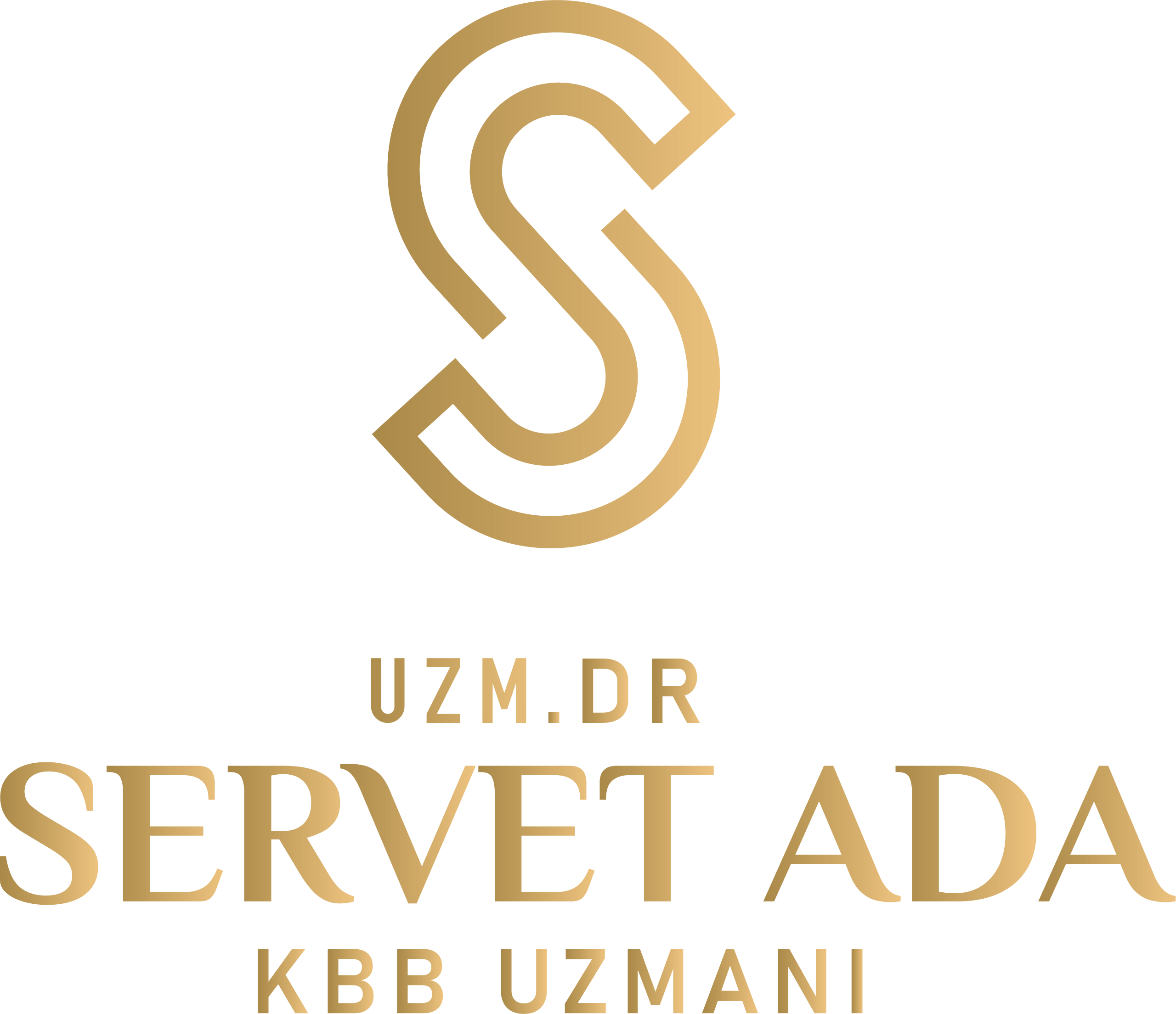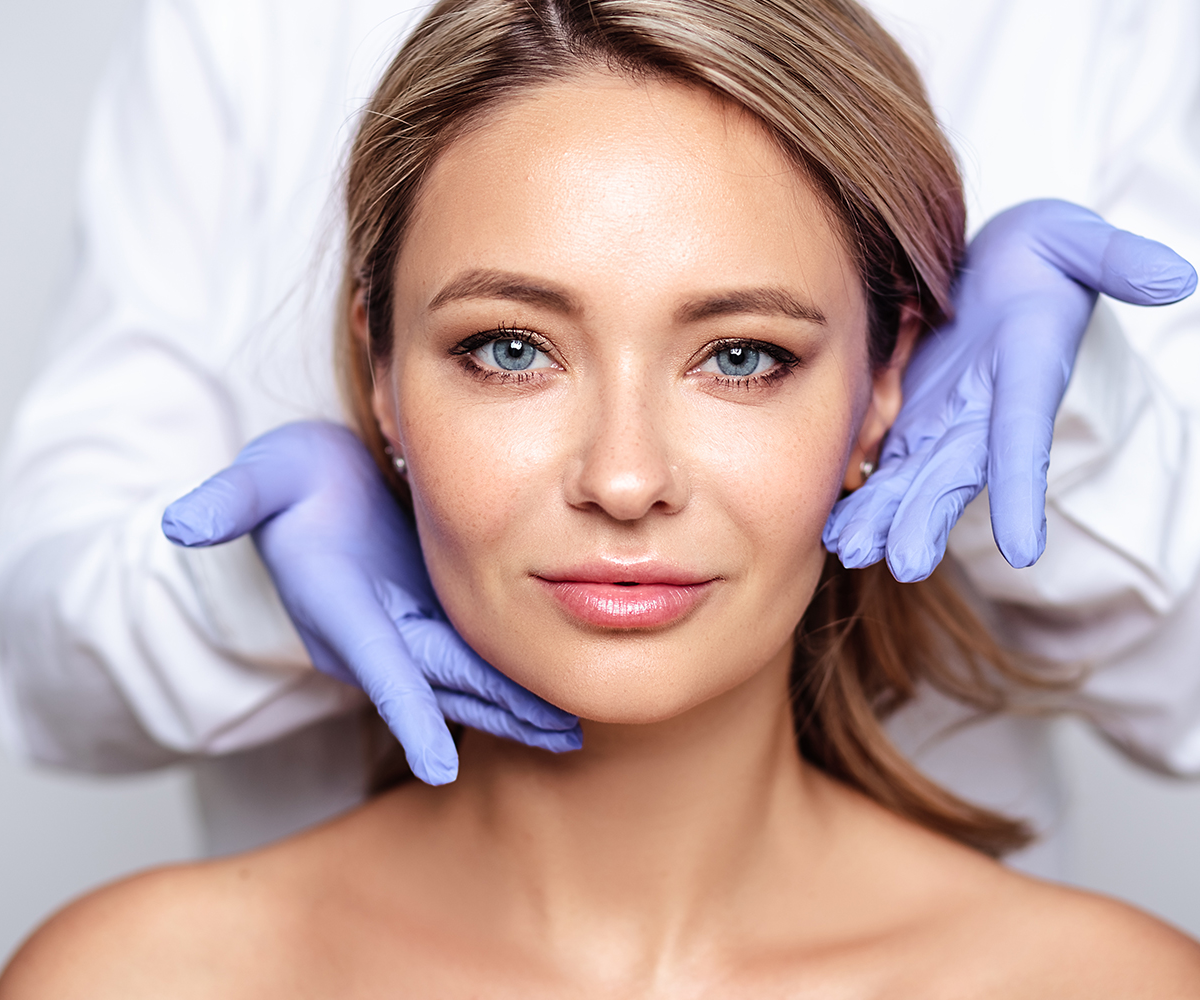Botox
Botox (Botulinum toxin) is a toxin obtained from the bacterium Clostridium botulinum. It prevents the release of substances that provide conduction at the nerve endings and shows its effect by stopping the transmission between the nerves and the organs reached by the nerves. The cessation of nerve conduction leads to a reduction or complete loss of the functions of the organ to which the nerve reaches. It can be used for aesthetic and cosmetic purposes, to reduce wrinkles on the face caused by the movements of mimic muscles, to prevent their formation and to reduce sweating in excessive sweating areas and in the treatment of chronic migraine.
How is Botox Done?
Botox is applied in the form of injection and is not a painful procedure, a slight pain may be felt at the time of injection. When a decrease in the movements of the mimic muscles is desired, injection is made into the mimic muscles and when a decrease in sweating complaint is desired, injection is made into the skin.
The effect of Botox starts 3-4 days after the injection and is fully established within the first week and the duration of effect is 4-6 months. When Botox loses its effect, the application can be repeated.
Botox has no serious side effects on health. After the application, it may cause temporary swelling, bruising and rarely temporary drooping of the eyelid.
Immediately after the operation, daily life can be continued with comfort. However, movements that require bending for a long time and exercising the facial muscles should be avoided. In addition, the head should be kept elevated for about four hours after Botox injection, avoid bending forward and do not lie down. Approximately eight hours after Botox injection, a shower can be taken with warm water and in a way that does not damage the face, that is, without scrubbing or applying pressure. Care should be taken to use cold water while washing the face.
Frequently Asked Questions
Botox application, which is an effective method in facial rejuvenation, should be performed by specialist physicians who know facial anatomy well and have received adequate training in order to avoid possible complications and achieve the desired result.

